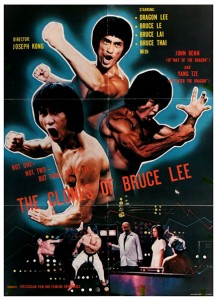
“The Clones of Bruce Lee” Theatrical Poster
AKA: Death Penalty on Three Robots
Director: Joseph Kong
Cast: Dragon Lee, Bruce Le, Bruce Lai, Bruce Thai, Jon Benn, Bolo Yeung, Alexander Grand, Kong Do, Cheng Kei-Ying, San Kuai, Mak Fei-Hung
Running Time: 90 min.
By Paul Bramhall
I have a confession, and I’ll admit that it’s one that won’t be popular. Not only am I a Bruceploitaiton fan, but I usually find the Bruce Lee clone movies to be more entertaining than the Little Dragon’s own output. While I respect the man and his martial arts, who doesn’t, if you were to make me choose, then I’d say give me Dragon Lee vs. Casanova Wong in Enter the Invincible Hero, give me Bruce Le vs Hwang Jang Lee in Bruce Strikes Back, or give me Bruce Li vs Philip Ko Fei in The Gold Connection. For me all these movies serve up more entertainment and repeated viewing value than Bruce Lee’s tragically short filmography, but who knows, there could be some Bruce fans out there who disagree.
It’s fair to say that the number of ‘Bruceploitation’ movies, as the genre fondly came to be referred as, could well reach into triple figures, as almost every country in Asia spawned its very own Bruce Lee-alike. From Hong Kong, to Korea, to Thailand, to the Philippines… in the late 70’s and early 80’s productions trying to cash in on Bruce Lee’s popularity, with actors that vaguely resembled him, were everywhere. In that respect, it’s really a numbers game, if you have 100 movies but only 10% of them are worth a watch, that’s still double the amount of productions Bruce Lee starred in, so it’s important to keep things in perspective.
Despite my fondness for the genre, one of its most infamous entries had eluded my viewing for many years, the notoriously titled The Clones of Bruce Lee. I’m not sure why it managed to escape me for so long, considering that for a fan of Brueploitation, it has a dream cast. Instead of only getting one Bruce Lee-alike, you get three in the starring roles, with Koreans Dragon Lee and Bruce Lai, and Hong Kong star Bruce Le. It’s a movie which is so overloaded with Bruceploitation, that it even has Thai Bruce Lee-alike, the imaginatively titled Bruce Thai, playing a non-clone role (he plays the local contact once the action moves to Bangkok), not to mention the instantly recognizable Bolo Yeung from Enter the Dragon.
The plot for The Clones of Bruce Lee is well known, but to cover it very briefly, when Bruce Lee dies in hospital, the British Secret Service enlist a scientist, played by John Benn (the mafia boss from Way of the Dragon), to use his body and attempt to clone the departed star. Many of these productions paid little attention to being respectful or tasteful, and The Clones of Bruce Lee is no different, so we have real footage of Bruce Lee’s funeral, and shots of Bruce in the casket, mixed into the plot. Benn succeeds, and doesn’t produce just one clone, but three! In one of many bizarre moments, he ritualistically names them Bruce Lee 1 (Dragon Lee), Bruce Lee 2 (Bruce Lai), and Bruce Lee 3 (Bruce Le). The British Secret Service use them to complete missions around the world to assassinate corrupt movie directors and scientists, until Benn himself goes mad, and attempts to use the clones for his own evil means.
Such a synopsis sounds like exploitation gold, and with a three-for-the-price-of-one triple threat of Bruce Lee-alikes tearing up the screen, what could possibly go wrong? Unfortunately, almost everything does. Despite its outlandish premise The Clones of Bruce Lee somehow manages to succeed in being an incredibly dull affair, thanks to a severely disjointed plot (yes, I’m criticising a Bruceploitation movie for having a disjointed plot), and even more so, incredibly repetitive fight action.
To elaborate a little more on the disjointed plot, the main reason for this is that apart from the opening and closing scenes, the clones as a trio don’t appear together at all. After being brought to life by Benn, Dragon Lee is sent on a mission to kill a movie director, who’s using his production company as a front for smuggling illegal gold. This essentially leads to a third of the movie becoming a Dragon Lee flick, as he battles the director’s lackeys and a pair of hitmen (amusingly played by two gweillos). Then once he’s done, Bruce Le and Bruce Lai are told to go to Thailand and find a mad scientist, who’s concocted a formula that turns human skin to steel (cue a bunch of Thai extras in their underwear, covered in cheap gold paint). Their mission in Thailand makes up another third of the movie, with the remaining third consisting of the opening and closing scenes.
Despite not being a cut-and-paste production, the style of editing that Godfrey Ho became notorious for, which consisted of editing scenes from two movies together, and then attempting to dub them into a coherent story, there are times in The Clones of Bruce Lee when you’d swear it was. Dragon Lee’s mission is particularly dull, and the choreography frustratingly leans towards him utilising the mantis fist, rather than unleashing with the kicks that he was known for. Bruce Le and Bruce Lai don’t fare much better, with a mission that consists of almost 90% fighting. The routine goes – get closer to the bad guys lair, group of lackeys come out of nowhere and surround them, fight and proceed a little closer, until another group of lackeys appear and surround them, repeat. This is fine, it’s a kung fu movie after all, but the fight action is ridiculously simple and repetitive, with Le constantly jumping into the air to deliver mini flying kicks that look like they wouldn’t hurt a leaf.
For what consolidation it is, for the fan of exploitation cinema there’s some gloriously random female nudity in the Thailand segment. In a scene which has Bruce Thai and Bruce Lai (wearing a pair of swimming briefs that practically redefine the word ‘brief’) taking a stroll to the beach, Lai spots a man ogling at a bevy of naked women frolicking in the sand. When Lai enquires as to what they’re doing (even though it’s quite apparent – they’re rubbing sun cream on themselves in slow motion), Thai tells him that they’re “just playing around”. Sure enough, the girls are giggling away and proclaiming that they have everything they need except a man. When they spot the admirer who’s been checking them out from afar, they chase after him on the beach, before all falling into the water together. Who is the man? Why are all the girls naked? What’s the connection of the scene to the rest of the plot? Nothing.
The finale eventually brings all three clones back onscreen together, as Benn decides that he’s going to use the strongest of them to help him rule the world, so orders them to fight each other to the death. This results in the exciting prospect of a clone vs clone match, as Dragon Lee and Bruce Le get to face off against each other, but it turns out to be as dull as the rest of the action. Indeed the most energy any of the performers seem to put into the fights, is in the shapes they pull before breaking into a pose. It’s a sad day when the best fight action in a kung fu movie involves only one character being onscreen. Dragon Lee also gets to face off against Bolo, which should have been another dream match-up, especially considering that Lee did most of his work in Korea, so the Bolo showdown was a rare opportunity. But once again it fizzles out quickly.
Low budget old school kung fu movies such as this tend to live and die on the quality of their fight scenes, so to see a cast, which includes the likes of Kong Do and Cheng Kei-Ying, being involved in such sloppily executed choreography is a shame. From seeing participants hesitate before throwing a punch or kick, to bizarre choices such as when Dragon Lee breaks out his famous 1-stick nunchuck, proceeds to whirl it around for a few seconds, then inexplicably throws it away and starts fighting. Director Joseph Velasco and producer Dick Randall would go on to churn out much more entertaining movies, with the likes of the previously mentioned Bruce Strikes Back, but here there’s very little to recommend both to lovers of the kung fu genre or to fans of so bad it’s good cinema.
Having now watched The Clones of Bruce Lee from start to finish, it’s easy to understand why many consider it to be a more entertaining movie to read about than it is to actually watch. There’re many unanswered questions about the production, not least the year of release. Hkcinemagic lists 1977, while the Hong Kong Movie Database lists 1980, with the Korean Movie Database pinning it down to 1981, that’s 3 potential release date in 5 years! (Note for this review we’ll go with the Hong Kong Movie Database) Release dates aside, the disappointment of having such an amazing cast of Bruceploitation talent, and managing to make an under 90 minute runtime seem like such an endurance test, are perhaps indicative that in this case, as the expression goes – too many clones spoil the broth.
Paul Bramhall’s Rating: 4/10


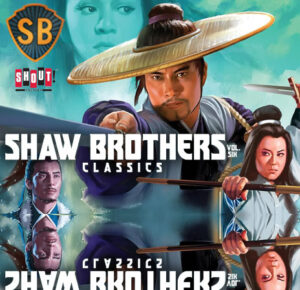
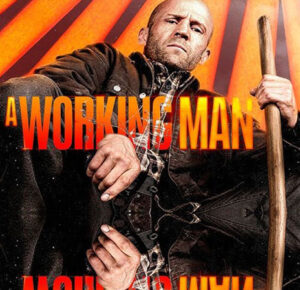
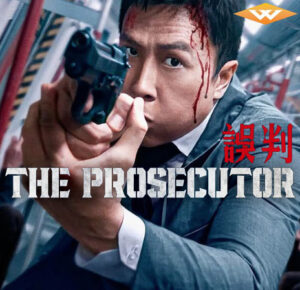
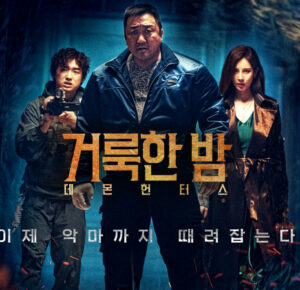


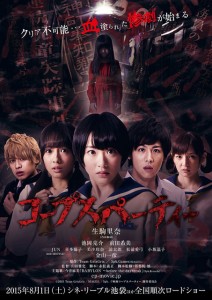
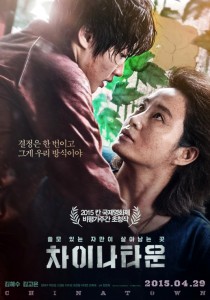
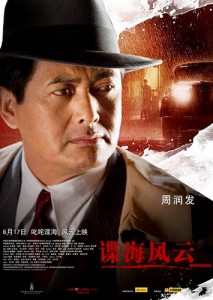
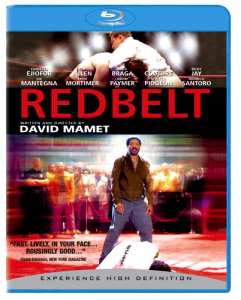
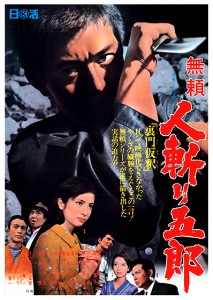

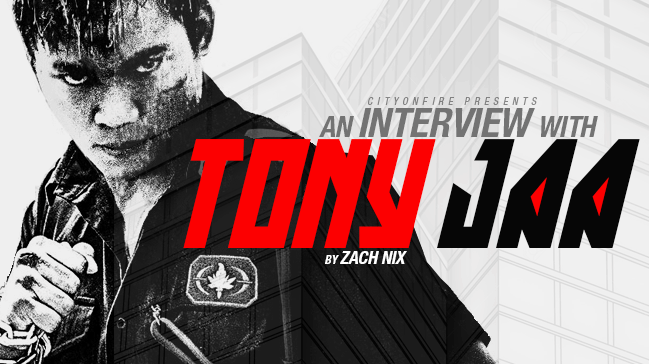 I recently had the pleasure to conduct an interview with Tony Jaa (
I recently had the pleasure to conduct an interview with Tony Jaa (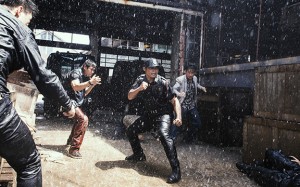
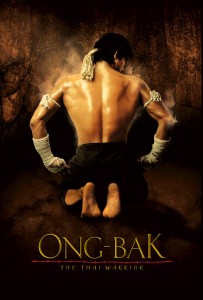



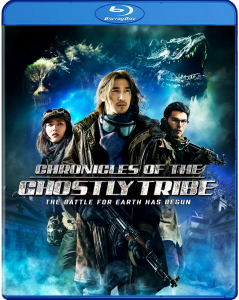
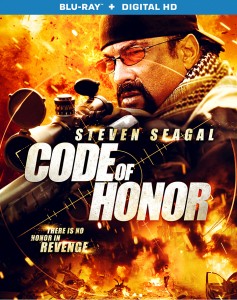
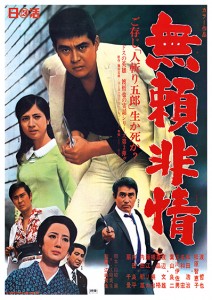




2 Comments